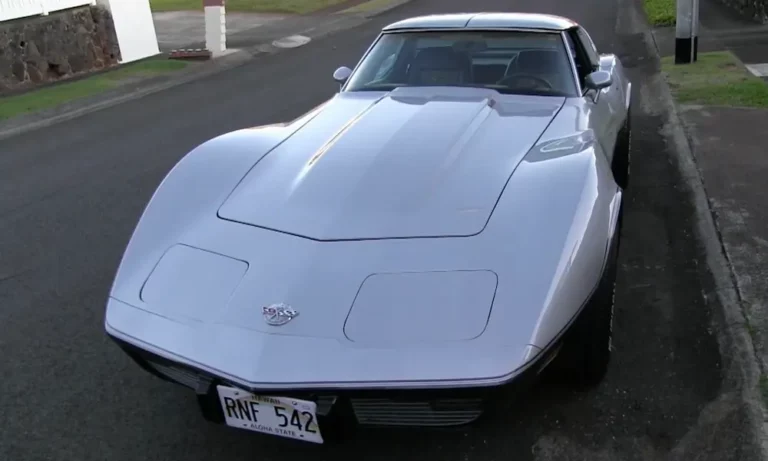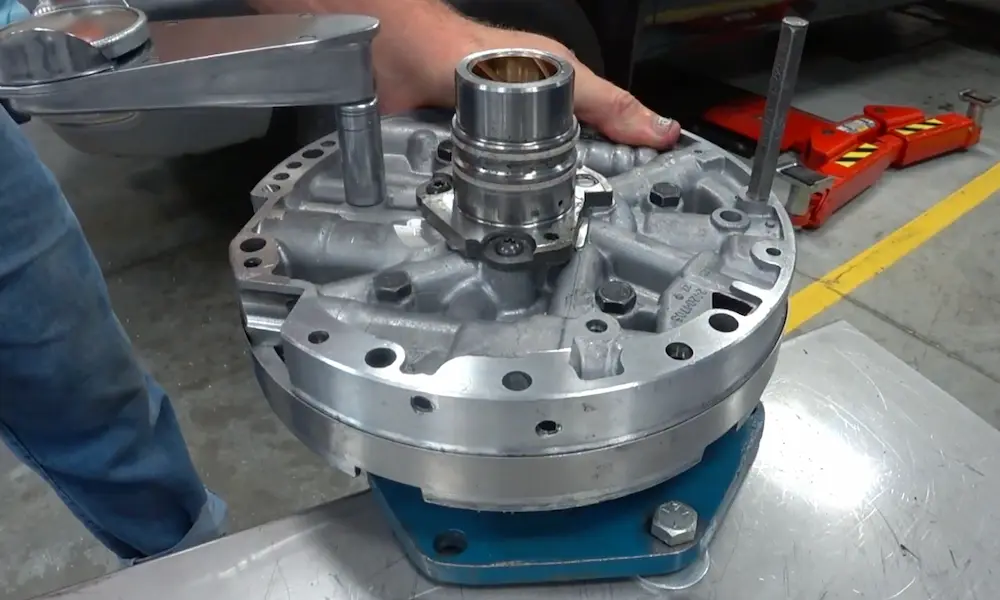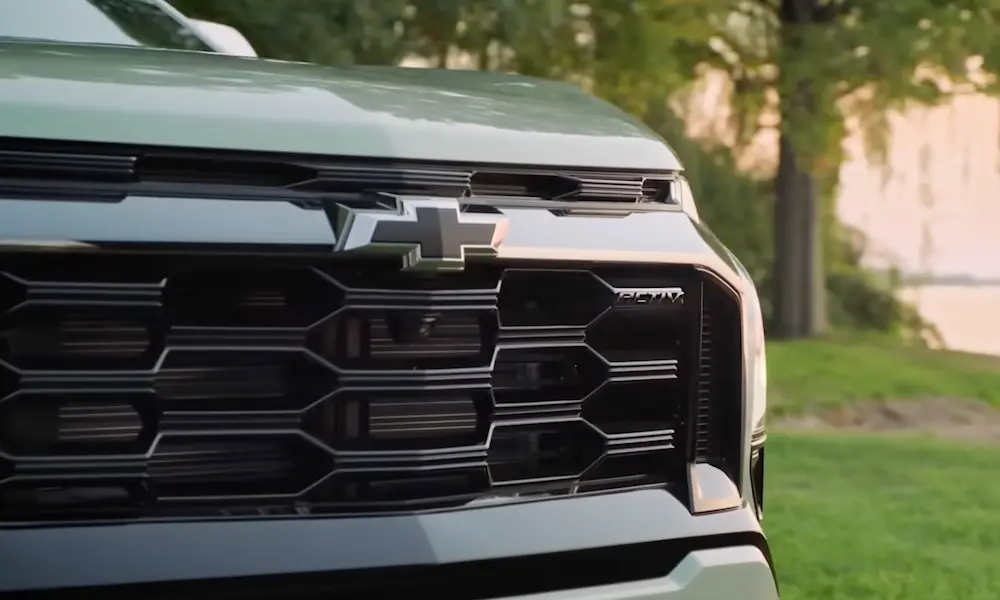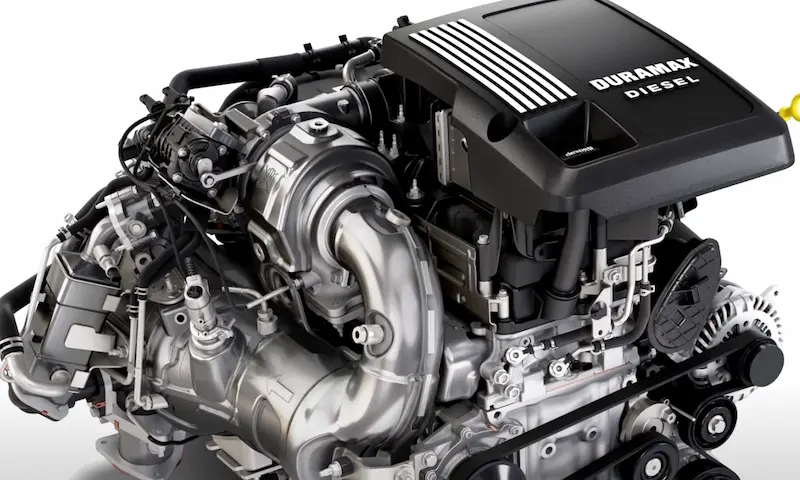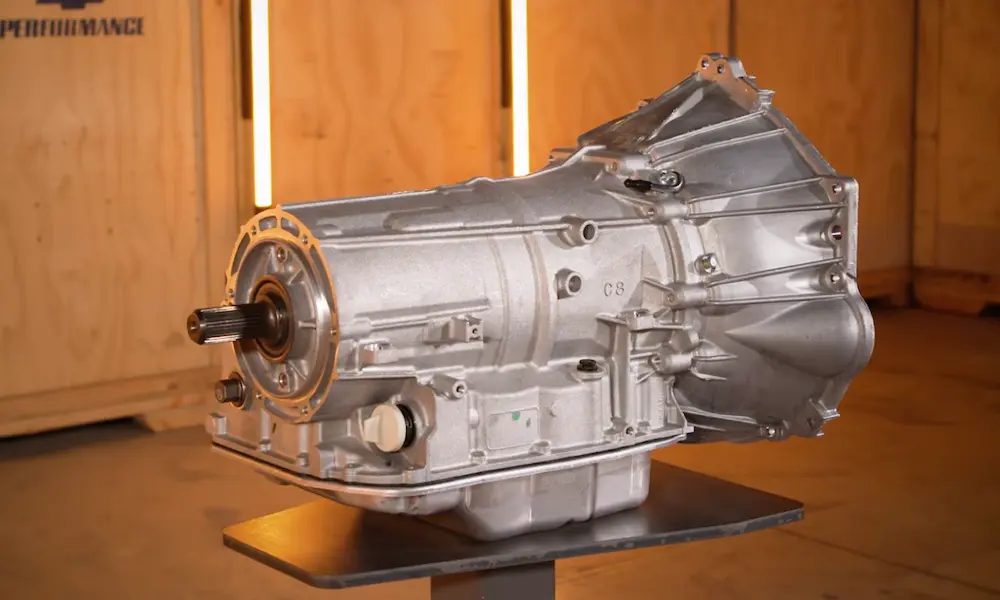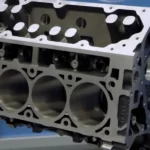You’ve probably driven behind, passed by, or maybe even owned a vehicle powered by Chevy’s legendary L48 engine without even knowing it. This 350 cubic inch small-block V8 powered everything from family station wagons to the iconic Corvette, becoming one of the most significant engines in American automotive history.
What Exactly Is the L48 Engine?
The L48 was Chevrolet’s standard 350 cubic inch (5.7 liter) small-block V8 that dominated GM’s lineup for nearly 15 years. First appearing in the 1967 Camaro SS, this versatile powerplant eventually found its way into almost every Chevrolet model by the early 1970s.
What made the L48 special wasn’t cutting-edge technology or exotic materials. Instead, it was the engine’s robust simplicity and adaptability that allowed it to thrive through changing regulations and consumer demands.
Core L48 Engine Specifications
The L48’s fundamental architecture remained consistent throughout its production run:
| Specification | Details |
|---|---|
| Engine Type | 90-degree V8, overhead valve |
| Displacement | 350 cubic inches (5.7 liters) |
| Block Material | Cast iron |
| Bore | 4.00 inches |
| Stroke | 3.48 inches |
| Main Bearings | Five, typically 2-bolt design |
| Valve Configuration | Pushrod-actuated, 2 valves per cylinder |
| Cylinder Head Material | Cast iron |
| Intake Manifold | Cast iron |
This straightforward design gave the L48 excellent durability while allowing Chevrolet to easily modify key components as needs changed through the years.
The L48’s Golden Age (1967-1970)
The L48’s early years coincided with the peak of America’s muscle car era, and the engine specs reflected this performance-focused mindset.
When it debuted in 1967, the L48 hit the sweet spot between the smaller 327 cubic inch engines and the larger, thirstier big blocks. By 1969, the engine reached its performance zenith with impressive specs:
- Compression Ratio: 10.25:1
- Horsepower: 300 hp at 4,800 rpm
- Torque: 380 lb-ft at 3,200 rpm
- Carburetion: Rochester 4-barrel Quadrajet
- Valvetrain: Hydraulic camshaft
This high-compression configuration gave excellent performance with period gasoline formulations, making the L48 a perfect match for everything from the sporty Camaro to the luxurious Caprice.
The Emissions Era Impact (1971-1975)
The L48 engine specs underwent significant changes as the 1970s progressed. New emissions regulations and the looming fuel crisis forced Chevrolet engineers to adjust their approach:
Key Changes During This Period:
- Compression ratio dropped dramatically from 10.25:1 to 8.5:1 by 1971, allowing the use of lower-octane unleaded fuel
- Power outputs decreased substantially
- Introduction of emissions equipment like EGR valves
- Addition of catalytic converters in 1975 models
- Shift from gross to net horsepower ratings in 1972, making the power decrease appear even more dramatic
The 1975 Corvette’s L48 demonstrates how much things had changed:
- Horsepower: 165 hp at 3,800 rpm (down from 300 hp in 1969)
- Torque: 255 lb-ft at 2,400 rpm
- Compression Ratio: 8.5:1
While these numbers seem disappointing compared to earlier versions, it’s worth noting that all manufacturers faced similar challenges during this period of adjustment.
Late-Production L48 Engine Specs (1976-1980)
By the late 1970s, engineers had begun mastering the art of extracting performance while meeting stricter emissions standards. The L48’s final years showed modest improvements:
- Compression Ratio: 8.2:1
- Horsepower: 185 hp at 4,000 rpm
- Torque: 280 lb-ft at 2,400 rpm
The 1978-1980 versions demonstrated improved efficiency and drivability compared to mid-decade models. These later L48 engines emphasized low-end torque rather than high-RPM horsepower, making them well-suited for everyday driving conditions.
Technical Deep Dive: L48 Construction Details
What separated the L48 from other small-block variants? Several key construction elements defined the engine’s character:
Rotating Assembly Specifications
The L48 used cost-effective components appropriate for its role as the standard 350 option:
- Pistons: Cast aluminum (not the stronger forged pistons found in high-performance variants)
- Crankshaft: Cast design with counterweights
- Connecting Rods: Standard press-fit pin design
- Main Bearings: Typically 2-bolt caps (vs. 4-bolt in performance applications)
Valvetrain Components
The L48’s valvetrain was designed for reliability and smooth operation:
- Valve Sizes: 1.94″ intake/1.50″ exhaust
- Camshaft: Mild profile with approximately .390″/.410″ lift
- Rocker Arms: Stamped steel, 1.5:1 ratio
- Valve Springs: Standard tension
This conservative valvetrain design provided excellent low-end torque and smooth idle quality, perfect for family cars and daily drivers.
L48 vs. L82: Understanding the Differences
Throughout much of its production run, the L48 existed alongside the higher-performance L82 variant of the 350. This comparison highlights key differences between the two engines:
| Feature | L48 (Base 350) | L82 (Performance 350) |
|---|---|---|
| Main bearings | 2-bolt design | 4-bolt design |
| Pistons | Cast aluminum | Forged aluminum |
| Camshaft | Mild profile | More aggressive profile |
| Intake manifold | Cast iron | Aluminum |
| Compression (1978) | 8.2:1 | 8.9:1 |
| Horsepower (1978) | 185 hp @ 4,000 rpm | 220 hp @ 5,200 rpm |
| Torque (1978) | 280 lb-ft @ 2,400 rpm | 260 lb-ft @ 3,600 rpm |
| Applications | Most Chevy models | Primarily Corvette |
Notice that while the L82 produced more peak horsepower, it did so at higher RPM. The L48 actually delivered slightly more torque at much lower engine speeds, making it more responsive in everyday driving.
L48 Engine Applications and Timeline
The L48’s versatility is evident in the wide range of vehicles it powered throughout its production run:
Key Vehicle Applications:
- Camaro: 1967-1980 (first introduced here)
- Corvette: 1969-1980
- Chevelle/Malibu: 1969-1977
- Nova: 1968-1979
- Impala/Caprice: 1969-1980
- Monte Carlo: 1970-1980
- El Camino: 1969-1980
The engine’s incredible 12-year run in the Corvette from 1969-1980 makes it one of the longest-serving engines in Corvette history, spanning most of the C3 generation.
Common L48 Engine Issues and Reliability
Despite its generally solid reputation, the L48 did have some known issues that owners should be aware of:
Potential Problem Areas:
- Valve seals: Rubber valve seals could harden and crack with age, leading to oil consumption
- Timing chain stretch: The original timing chains tended to stretch over time
- Carburetor adjustments: The Rochester Quadrajet required proper tuning to perform optimally
- Late-model emissions systems: Complex emissions controls could cause drivability issues if not properly maintained
That said, the L48’s simplicity made it one of the most reliable engines of its era. With basic maintenance, these engines regularly exceeded 100,000 miles – impressive for the time.
L48 Engine Identification
If you’re trying to confirm whether you have an L48 engine, there are several ways to identify it:
- Casting numbers: Found on the block behind the cylinder heads
- Engine code stamp: Located on a machined pad near the front of the block
- Intake manifold: Cast iron on all L48 engines
- Compression ratio: Varies by year (10.25:1 early, 8.2-8.5:1 later)
- Vehicle documentation: Build sheets and original paperwork often specify engine code
The most definitive identification comes from decoding the engine stamp, which includes the assembly plant code, production date, and engine suffix code that identifies the specific application.
The L48’s Legacy in Hot Rodding
Even as stock L48 engines aged, they found new life in the hands of hot rodders and classic car enthusiasts. The engine’s abundance, affordability, and responsiveness to modifications made it a favorite for performance builds.
Common modifications include:
- Higher compression pistons
- Performance camshafts
- Aluminum intake manifolds
- Four-barrel carburetors
- Headers and free-flowing exhaust
- Electronic ignition upgrades
A modestly modified L48 can easily produce 300+ horsepower while maintaining excellent street manners – equaling or exceeding the performance of the original high-compression versions.
Why the L48 Engine Matters Today
Nearly four decades after the last L48 rolled off the assembly line, these engines continue to power countless classic cars and serve as the foundation for aftermarket builds. The L48’s enduring popularity comes from several factors:
- Abundant supply: Millions were produced, making parts and complete engines readily available
- Simplified maintenance: Basic design makes repairs straightforward
- Extensive aftermarket support: Virtually any part can be purchased new
- Performance potential: Responds well to modifications
- Historical significance: Powered iconic American vehicles during a transitional automotive era
For many enthusiasts, the L48 represents the perfect balance of classic character and real-world usability – an engine that connects them to automotive history while providing reliable power for today’s roads.
Final Thoughts on the L48 Engine’s Impact
The L48 350 small-block doesn’t always get the glory of Chevy’s higher-performance variants, but its widespread use and adaptability make it arguably the most important small-block of its era. From its origins in the muscle car golden age through the challenges of the emissions era, the L48 evolved to meet changing demands while maintaining its fundamental character.
Whether in a restored Corvette, a daily-driven Nova, or as the starting point for a hot rod build, the L48 engine continues to demonstrate why Chevy’s small-block V8 earned its reputation as one of the most significant engines in automotive history.

